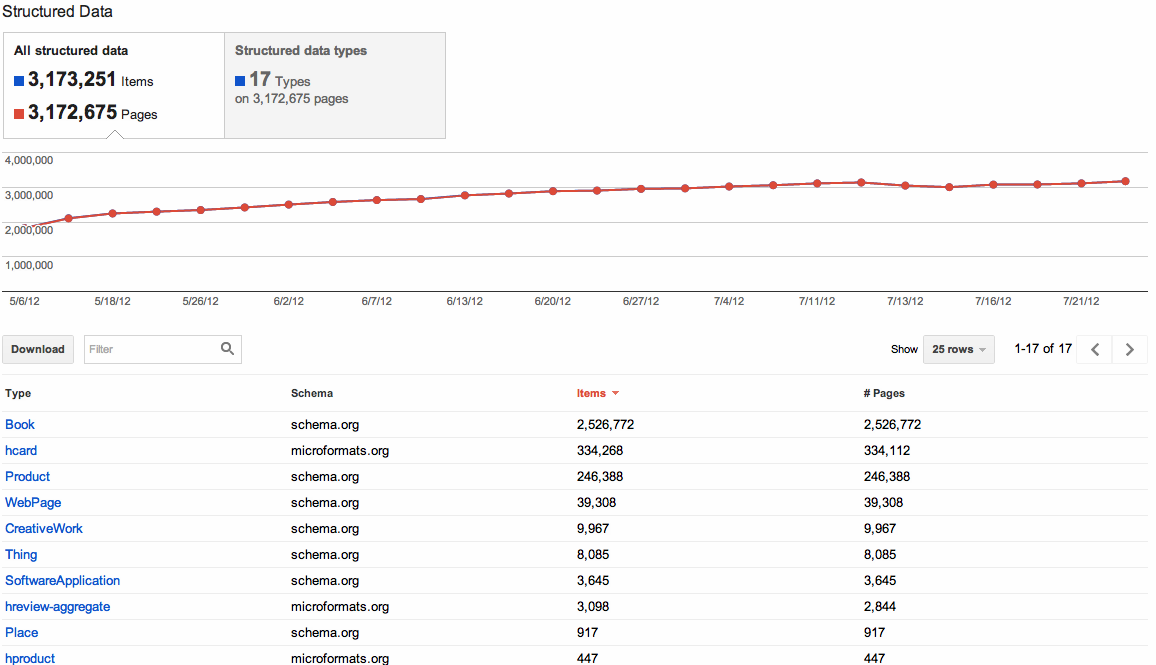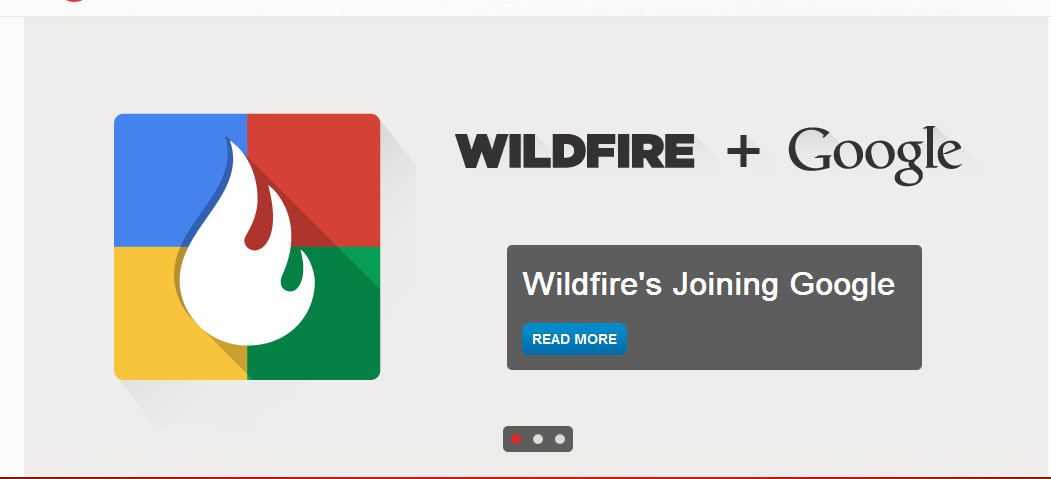While users of social media management tool Wildfire may not have noticed any changes, a pretty big shift came for the company earlier this week. Google acquired the platform for a reported $350 million in a move likely to bolster its social media arsenal. Wildfire serves more than 16,000 companies using social as part of a broader new media marketing campaign.
Brafton reported that Wildfire uses are widespread, as many turn to the service to host social contests and develop apps for various social presences. With the rollout of Facebook Timeline, apps have become an increasingly useful part of social marketing strategies, as businesses can use them to help fans populate their own Timelines. Moreover, social contests help marketers drive engagement and increase visibility for their brands. Both Google and Wildfire said nothing would change in the early stages of the acquisition with respect to the app’s integration on Facebook and other social networks, but the search giant’s ongoing investment in Google+ could mean some form of exclusive integration between the platforms moving forward.
Google also released a pair of changes on the back end with SEO tools and content testing capability for Webmaster Tools users. On Wednesday, Google detailed its release of a Structured Data Dashboard that will help companies monitor their rich snippets and make adjustments to ensure Google properly analyzes different site elements. While the feature is likely to help site developers more so than marketers, comments on the Webmaster Central blog show site owners are especially happy with the rollout. In general, the move is indicative of Google’s efforts to give companies greater control and understanding of their presence in Google Search.
On Friday, Brafton detailed the new capability, reporting that the three elements of the Structured Data Dashboard – Site-level view, Itemtype view and Page-level view – show marketers how Google interprets the content on their sites. Using this data can help companies make any adjustments to their site’s code and development that can ensure SEO campaigns are as successful as possible.
On the prospect-facing side of web development, Google announced the complete availability of Content Experiments. Marketers can now develop a series of different looks for their landing and other pages to show to different users. From there, the pages that perform the best in terms of driving engagement and increasing time on site can be rolled out for all users. Testing different layouts, site content and language can help marketers find the right mix to achieve the best results with content marketing campaigns and other efforts.
Focusing on the user is critical with web marketing, as consumers and B2B buyers alike are more likely to work with businesses that offer good content and a seamless experience. Brafton reported that Content Experiments will help businesses ensure their websites offer the best possible user experience. While some conversions will come solely because a site visitor was looking for that exact product or service, others will occur when a site stands out from others offering similar options. With Content Experiments, marketers can develop a better understanding of the experiences resonating best with their target audiences.
Bing stole some headlines this week as well, with a strong addition to its social sidebar tool. Users who opt to share their searches with friends on Facebook can now tag their friends on SERPs. Sharing search results pages was an interesting, if unclear, addition at the time of the sidebar’s initial rollout. However, tagging friends in searches can make event planning and other tasks easier. It will also boost visibility among social users for companies with good Bing SEO standing. Brafton reported that despite Bing’s struggles to attract more users, its aggressive integration of social data into search results could attract an audience that uses social more frequently than other web communication channels.
On top of new features and tools, Bing offered marketers some guidance for furthering their SEO campaigns this week. Bing product manager Duane Forrester wrote a blog urging marketers to focus on content creation and social media marketing to drive a linkbuilding initiative. Like Google’s insistence on the user experience, Bing’s words indicate a stance on thought leadership and trust that will lead to natural, merit-based links.
“If all the time that was spent seeking [SEO] shortcuts was invested into producing quality, engaging content, more websites would find success.” – Duane Forrester, Bing Webmaster senior product manager
Brafton highlighted the report on Tuesday, endorsing the idea that a content marketing strategy paired with active presences in other web channels will help build links. Focusing too heavily on this single element of SEO can prevent the campaign from achieving maximum results.
One channel that can aid an SEO strategy is social media, which a report from Awareness Networks shows has evolved past the adoption phase for many. Seventy-six percent of responding companies are actively looking to build brand awareness with a focus on fan and follower counts, while 67 percent want social efforts to contribute more traffic.
On Thursday, Brafton detailed the goals companies hope to accomplish through social marketing this year. While lead generation and conversions are high on the list for most, marketers have adjusted their focus to the entire conversion funnel – not just the last interaction. Boosting website traffic and brand awareness will guide prospects toward conversion, and social media marketing content, whether shared headlines or engaging posts, can help companies achieve these goals.
Most goals of web marketing campaigns involve improving the percption of a brand among its target audience. Driving traffic with content and increasing visibility with a social presence helps foster trust among prospects. According to a poll from About.com, trust is a key factor for consumers when buying online.
Brafton has frequently touted the ability of content marketing campaigns to improve the reputation of a company with their web audience. With 84 percent of consumers saying they will not buy from companies they don’t trust, building a rapport with site visitors and prospects is key to turning a website into an engine for conversion.
As the summer winds down, one of the most frequently discussed topics throughout the U.S. will be the start of a new school year. Earlier this week, Brafton reported that many plan to shop online for their back-to-school needs. Developing content marketing that highlights the topic and demonstrates a brand’s ability to provide quality products and services from those heading back to classrooms can help any business boost their business during the seasonal shopping period.




